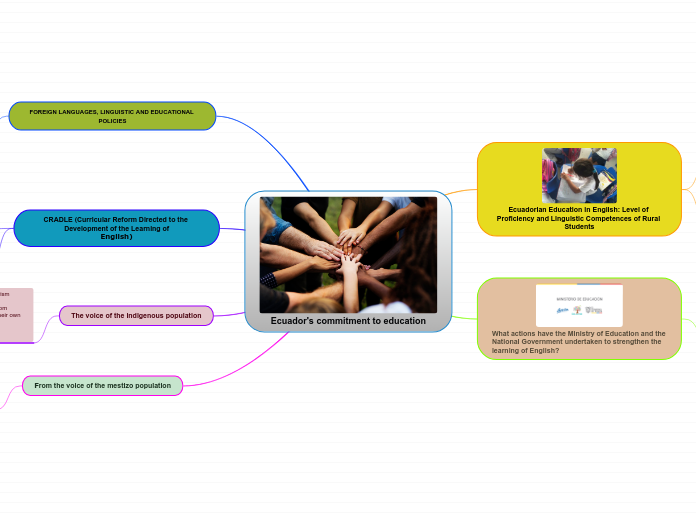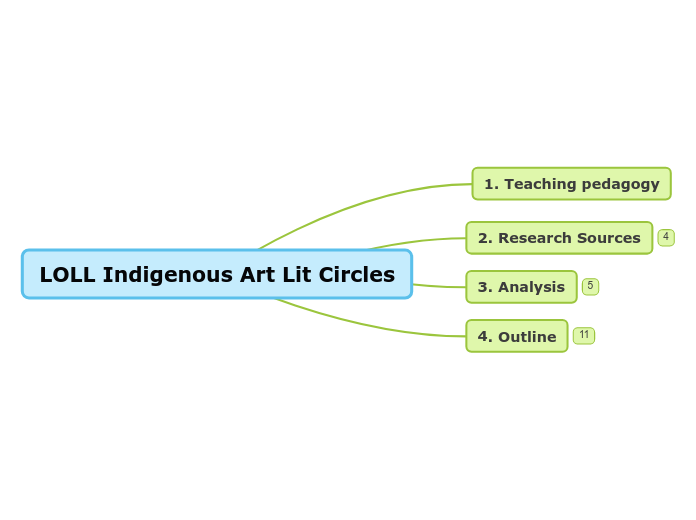Vising Bogotá
Monserrate hill
To visit the Monserrate hill we can have different budgets, we can walk up (free, approximately fifty minutes depending on the physical state). By cable car (Monday to Saturday $ 9,500 per trip and Sundays $ 5,500 per trip); And funicular (Monday to Saturday $ 9,500 per trip and Sundays $ 5,500 per trip). The bus ticket costs 2200 pesos to reach the Monserrate hill.
To leave from the Pontificia Universidad Javeriana we take the circunvalar avenue to the south and then straight to the Monserrate hill.
To leave the Pontificia Universidad Javeriana we walk to the shopping center Plaza 39 (Diagonal 40a with carrera 7). At this bus stop we wait for the C12A to San Blas, until stop number 11 and we walk 2 minutes to the Monserrate station.
At the top of the 3,152 meters of altitude you get an impressive view of the entire city. As the weather is unpredictable, we recommend that you wear a warm outfit and carry an umbrella. There are many activities and places that you can go to at the top of the hill. We find restaurants, typical handicraft shops, several viewpoints and the Basilica Sanctuary of the Fallen Lord of Monserrate. It is also possible to take a beautiful panoramic picture from the other hills that surround the city such as the renowned Cerro de Guadalupe.
Due to the burning, felling and planting of foreign species such as pine and eucalyptus, most of the fauna that populated this place has disappeared. In the secondary redoubts there are small mammals such as forest mice, nectarivorous bats, marsupials, weasels and foxes; and about 58 species of birds in what corresponds to the high Andean forest.
In the low Andean forest there are some weasels, runchos and canids. As for the birds there are black mirla, swallow, kestrel, chirlobirlo, copetones, cucaracheros and variety of hummingbirds.
Bolivar square
To visit the Bolivar Square, I recommend a very simple and comfortable outfit, and not to wear any accessories and go as cool as possible.
I do not recommend driving because the 7th road becomes pedestrian and it is difficult to access and park the vehicle. In the same way, you must take the 7th road northbound south until you take the 13th race, for the 13th race you turn left on 19th street and then on the 8th race to the right. Take the whole 8th road until you reach 10th street and get to the Bolivar Square.
From the Pontificia Universidad Javeriana we walk to the stop of the 7th and 42nd streets and took the T12 bus to Quintas del Sur to the stop of 9th street with 10th street, exactly the number 12 stop since we got on the bus. From here we walk for 6 minutes and arrive at the Plaza de Bolivar
In the Bolivar Square we can feed the hundreds of pigeons that are always there, we can see the statue of Simon Bolivar and see the buildings and architecture of the Congress of the Republic, The House of Nariño, The Palace of Justice, The Palace Liévano, The Cathedral, The College of San Bartolomé and La Casa del Florero.
Among the diseases that pigeons suffer is also coryza, which is very common between autumn and the beginning of spring. It is an acute respiratory infection that is linked to factors such as cold, humidity, overcrowding or stress caused by competitions, and also to vitamin A deficiency. It produces: sneezing, watery nasal discharge that then becomes sticky and purulent, difficulty breathing, so the animal must keep its beak open.
As a student of microbiology, I am interested in identifying the possible microorganisms that attack pigeons, among the most common is trichomonas, it is estimated that up to 80 percent of adult pigeons coexist in balance with the protozoan that causes this parasitic disease. The signs of this is apathy, bristling plumage, viscous diarrhea, lack of appetite, intense thirst, thinning, hard plaques, yellowish-white, throat and, in some cases, navel and finally breathing difficulties.
Salmonellosis (Paratifosis), is a bacterial infection of the intestine mainly afflicts young pigeons and birds, causing an early death. But pigeons that heal can become carriers and transmit the disease through the shell of the hatching eggs when they reach adulthood.
Affected individuals may present: viscous and greenish-colored stools, thickening of the cloaca, thinning, short breathing and general weakness.
A quite common virus here is the Paramyxovirus, an infection of high mortality. Affected individuals begin to eat more water and eat less. They look very thin and the stools are watery. As the days go by, the animals begin to develop nervous disorders. Among them: Movements without control of the body and problems of balance (they go to the tumbles, they give somersaults or they move backwards). Difficulty to peck the grains by affecting the optic nerve (in some cases it will be necessary to feed the animal with a sleeve or syringe) torticollis, convulsions, paralysis of wings and legs.
Visit the Bolivar Square is totally free, the bus fare is 2200 pesos.
Botanical Garden of Bogotá
Best outfit
To go to the Botanical Garden the best outfit I recommend is one warm, comfortable and stylish to enjoy the great photos you can take with the landscapes of the place. It is advisable to go very comfortable to walk and enjoy the entire garden and because it is a space of only nature, this produces microclimates that lower the temperature so it is likely to feel a bit more cold being inside her.
How to get
Car
From the Pontificia Universidad Javeriana we leave for the 7th street towards 60th street. On 60th street we continue towards 63rd street and we take 63rd street until we reach the Botanical Garden.
Bus
From the Pontificia Universidad Javeriana we go to the bus stop located on the 7th and 40th streets and we wait for the 59 B bus that goes towards Bachué. We got off at the stop Ac 63 - Kr69c Br Bosque popular, exactly the 22nd stop since we got on. From there we walk approximately 2 minutes to the entrance to the Botanical Garden.
What to do
Moreover, they have a magnificent collection of exotic plants, including 73 varieties of roses and ornamental hybrids. Herbaceous and shrubby roses abound, but there are also some varieties of climbing roses or vines.
We can learn from the transformation and use of plant waste that, in addition to potentiating the use of timber material resulting from the process of cutting down trees, it becomes a space for training and interpreting the benefits of new renewable energy systems for the citizens. It has an herbal where some hundred species of medicinal, aromatic and seasoning plants are exhibited. This space is a delight for smell, and here you are able to know the plants used by natural medicine to cure different diseases and for other uses. Furthermore, you can find Ginkgo Biloba, a species widely used for its medicinal properties, as well as different species of native, European and North American pines.
Here is the house Maloka. It is a typical ancestral community house used by the indigenous people of the Amazon. This sacred place represents the center of knowledge and the universe as a whole. They also have a paramo lookout, a space that is dedicated to the representation of the typical flora of the Colombian paramos, and it is ideal for bird watching.
At the Botanical Garden we can learn about the water cycle that allows us to understand the importance of the organization around the water. We can see the waterfall with cryptogamic plants where you can enjoy the relaxing music that the waterfall produces. Also, ferns and horsetails are found, examples of cryptogamic plants, the oldest on the planet.
Budget
The entrance to the Botanical Garden has a price of 2700 pesos for adults, and 1400 pesos for children. The bus fare is priced at 2200 pesos. Therefore, to go to visit the Botanical Garden of Bogota the budget is 4100 pesos.









